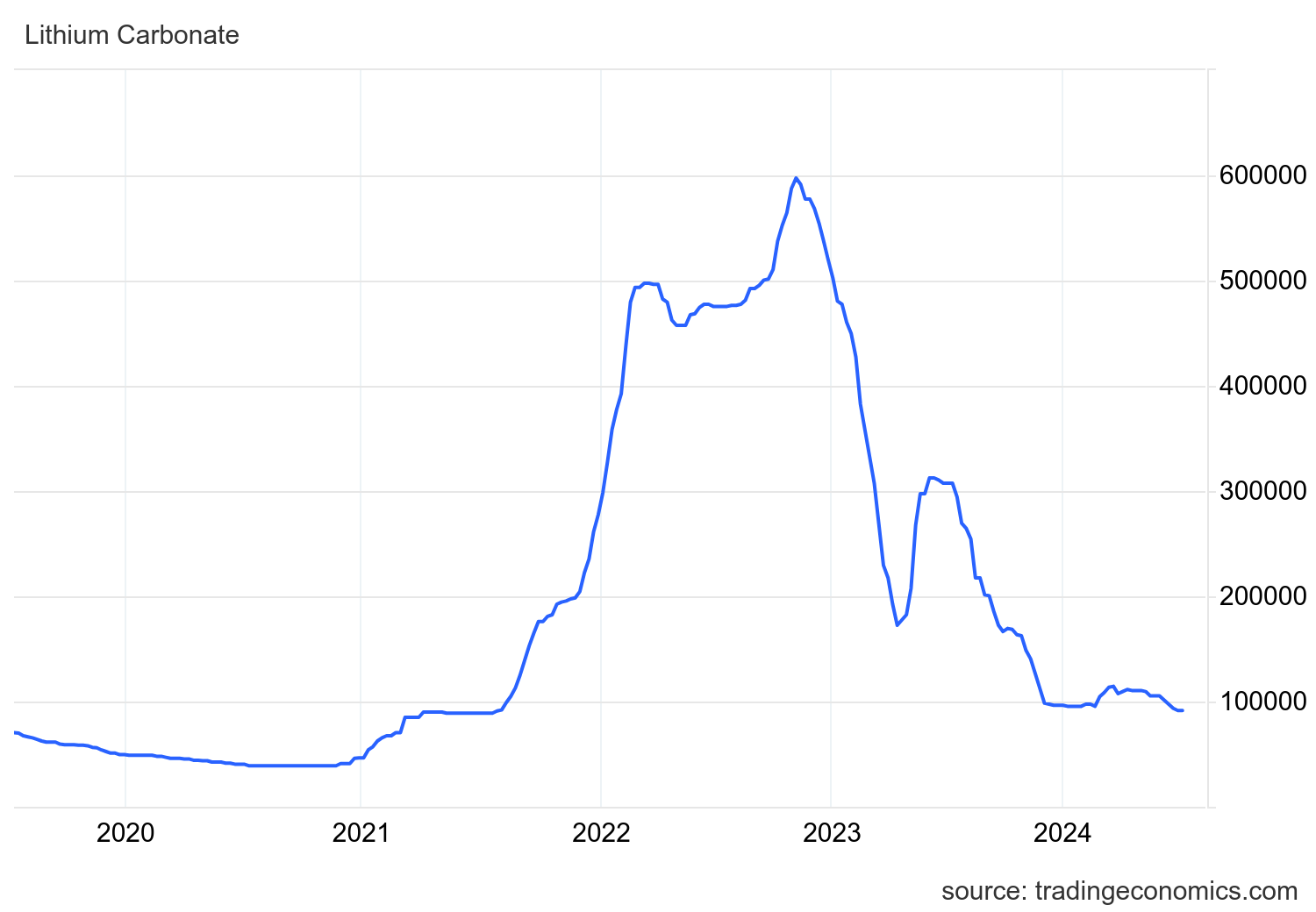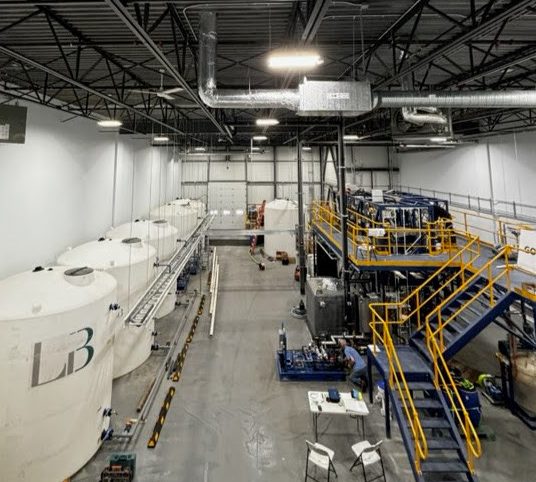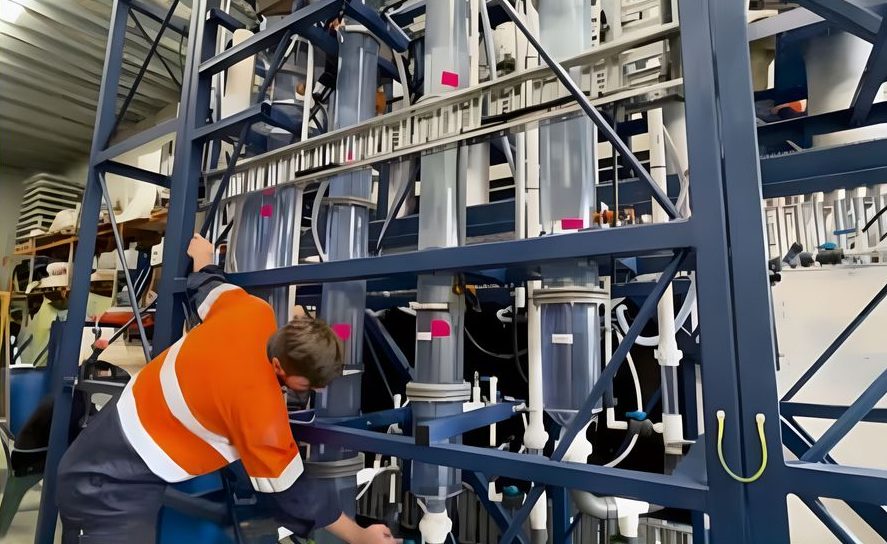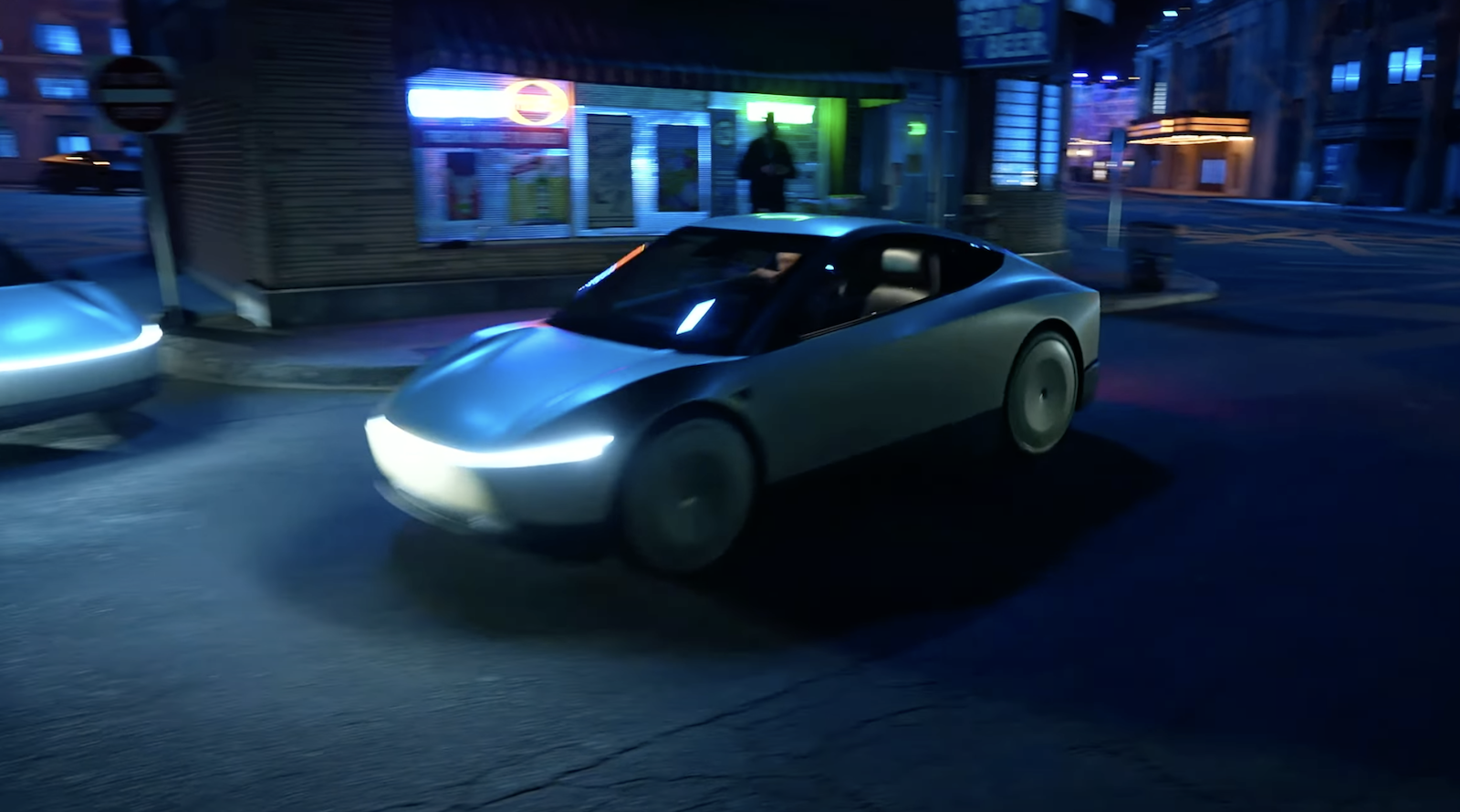By Peter Kennedy
Despite the lack of direction in the battery metals sector, a top analyst says there are reasons to be optimistic, even after the recent slump in the price of lithium.
“We believe we are starting to see a few positive signals that will lead to some price upside in the coming months,’’ said Paul Lusty, head of battery raw materials research at Fastmarkets, a commodity price reporting agency.
 Lusty says he is optimistic for the following key reasons. They include a rise in the price of spodumene (a commercially important source of lithium), which is up 40% from around US$900 in February, 2024 and a new automotive policy in China, which is designed to boost domestic consumption of electric vehicles. Lusty said he is encouraged by the recent rise in battery installations in China. “We have seen a 70% month-on-month and 40% year on year increase in battery installations in March, 2024,” he said.
Lusty says he is optimistic for the following key reasons. They include a rise in the price of spodumene (a commercially important source of lithium), which is up 40% from around US$900 in February, 2024 and a new automotive policy in China, which is designed to boost domestic consumption of electric vehicles. Lusty said he is encouraged by the recent rise in battery installations in China. “We have seen a 70% month-on-month and 40% year on year increase in battery installations in March, 2024,” he said.
Lusty said destocking cycles have been a prevalent driver of volatility in the lithium market over the last 18 months or so. However, he said that too is reason for optimism because destocking can only go on for so long before consumers really do need to go back to the market for new material.
“All of these indications lead us to believe that there might be some support for prices over the coming months,” he said. “It might be the final quarter of 2024 before we see much impact on [lithium] prices.”
During a recent interview, Lusty said the pace of electric vehicles sales has slowed in many major markets, a scenario that is attributed to range anxiety and cost. This has sparked fears that the EV market is running out of momentum and facing some fundamental challenges.
However, Lusty doesn’t subscribe to that narrative. “We at Fastmarkets feel that [EV sales] are on a steady upwards trajectory, over the next decade but will likely grow at a slower pace in comparison to 2020-21 when annual growth rates reached over 100% in some markets.
 LithiumBank Resources Corp. [LBNK-TSXV, LBNKF-OTCQX, HT9-FSE] is a company that is focused on developing a large portfolio of deep brine lithium projects in western Canada.
LithiumBank Resources Corp. [LBNK-TSXV, LBNKF-OTCQX, HT9-FSE] is a company that is focused on developing a large portfolio of deep brine lithium projects in western Canada.
The company’s overall goal is to capitalize on the expected rise in demand for lithium – a key ingredient in the production of lithium-ion batteries – by providing de-risked, construction-ready direct lithium brine projects to major developers.
LithiumBank recently outlined the largest lithium carbonate equivalent (LCE) inferred mineral resource in North America at its 100%-owned Park Place lithium brine project in west central Alberta. In addition to a very large resource, Park Place boasts the highest recorded lithium grade in Alberta.
In a June 24, 2024, press release the company said the total inferred mineral resource at Park Place stands at 21.7 million tonnes LCE, material that sits between two formations contained within the license boundaries. The combined average grade is 80.2 mg/L lithium.
 The Park Place resource puts LithiumBank’s collective brine resource inventory for the company’s Alberta projects at 27.78 million tonnes LCE. “This presents district scale potential opportunity for Canada to become a major supplier of lithium in North America,’’ said LithiumBank founder and CEO, Rob Shewchuk.
The Park Place resource puts LithiumBank’s collective brine resource inventory for the company’s Alberta projects at 27.78 million tonnes LCE. “This presents district scale potential opportunity for Canada to become a major supplier of lithium in North America,’’ said LithiumBank founder and CEO, Rob Shewchuk.
The announcement sent the stock price rising to 80 cents on June 28, 2024 from 72 cents. It has since slipped back to 73 cents (July 3, 2024) leaving LithiumBank with a market cap of $36.4 million based on 49 million shares outstanding.
The company will now focus on additional brine sample assaying, completing lithium extraction test work, and initiate a preliminary economic assessment (PEA) for Park Place. This can be achieved by using the knowledge gained from PEA announced in February, 2022, at the company’s Boardwalk project which is located 50 kilometres further north. The Boardwalk PEA envisaged production of 34,005 tonnes per year of battery grade lithium hydroxide monohydrate (LHM) for 20 years.
Having acquired over 4.07 million acres of mineral titles in Western Canada, LithiumBank (LiBank), intends to use DLE (Direct Lithium Extraction) technology to bring the brine to surface, potentially using traditional oil and gas infrastructure, including the 1,100 well is that lie on its existing claims and were used to support decades of O&G production.
The process involves the production of a lithium concentrate which goes through traditional processes of polishing and electrolysis. The desired end product is a high purity lithium hydroxide, which can be produced on site.
 In September, 2023, LithiumBank announced details of an intellectual property license agreement with G2L Greenview Resources Inc., a unit of Go2Lithium Inc. Under the deal, LithiumBank secured a license in Alberta and Saskatchewan for a full suite of continuous ion exchange technologies. The DLE technology will be used to extract lithium salts from enriched brines at the company’s development projects.
In September, 2023, LithiumBank announced details of an intellectual property license agreement with G2L Greenview Resources Inc., a unit of Go2Lithium Inc. Under the deal, LithiumBank secured a license in Alberta and Saskatchewan for a full suite of continuous ion exchange technologies. The DLE technology will be used to extract lithium salts from enriched brines at the company’s development projects.
LithiumBank has said Park Place brine will be chemically and metallurgically evaluated at the company’s exclusively licensed, 10,000 L/day DLE pilot plant in Calgary following a bulk brine sampling program in the second half of 2024.
The consolidated Park Place project consists of 1.4 million acres of contiguous brine-hosted minerals and is located between Edson, Fox Creek and Hinton, approximately 180 kilometres west of Edmonton.
It is an area that has seen over 70 years of hydrocarbon extraction, resulting in a well-established and well-trained labour force, networks of all-weather roads, drill sites that can easily be accessed from provincial highways, and electrical transmission lines that run through and adjacent to the project.
With $40 million raised to date, the company is planning to develop the entire portfolio of Alberta projects to feasibility and permit ready status by the end of 2024.




